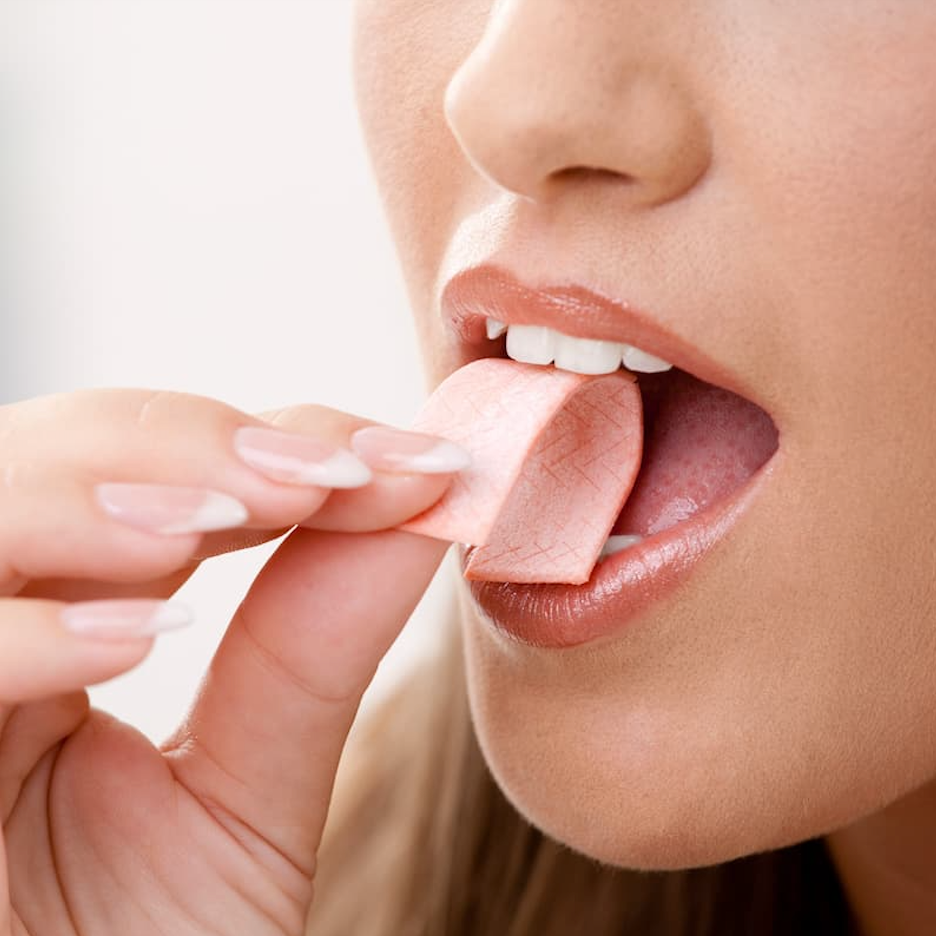Is Your Gum Full of Plastic?
Researchers have found that chewing gum can release hundreds to thousands of microplastic particles per piece, adding to daily plastic exposure.
By
Lana Pine
| Published on March 26, 2025
4 min read
Credit: Adobe Stock/nyul

Microplastics are an increasing concern in daily life, and now a team of investigators from the University of California, Los Angeles (UCLA) have identified another potential source — chewing gum.
As previous research has indicated that microplastics could cause harm to humans — including one study linking microplastics to an increased risk of dementia — you may want to consider reducing your exposure to these tiny plastic particles.
Some data have suggested humans consume an estimated tens of thousands of microplastic particles each year through food, drinks, production or manufacturing processes, coatings and plastic packaging.
“Our goal is not to alarm anybody,” says lead investigator Sanjay Mohanty, Ph.D., an engineering professor at UCLA. “Scientists don’t know if microplastics are unsafe to us or not. There are no human trials. But we know we are exposed to plastics in everyday life, and that’s what we wanted to examine here.”
In a pilot study presented at the American Chemical Society (ACS) Spring 2025 meeting, held March 23 to 27 in San Diego, California, investigators assessed how many microplastics a person could potentially ingest from chewing both natural and synthetic gums. Although gum is made from a rubbery base, flavorings and sweeteners, among other ingredients, natural gums use a plant-based polymer, while other gums use synthetic bases from petroleum-based polymers.
Five brands of synthetic gum and five brands of natural gum were analyzed. Seven pieces from each were chewed by one person to mitigate variations in chewing patterns and saliva.
In the lab, gum was chewed for four minutes, and saliva samples were collected every 30 seconds. Afterward, participants rinsed out their mouth with water, and everything was combined into a single sample. In an additional assessment, saliva samples were collected over a 20-minute span to determine the release rate of microplastics from each piece of chewed gum. Then, the number of microplastics in each saliva sample was measured.
Using laboratory analysis, researchers measured microplastic release and identified polymers like polyolefins, polyethylene terephthalates and polystyrenes in chewed gum.
“Our initial hypothesis was that the synthetic gums would have a lot more microplastics because the base is a type of plastic,” says Lisa Lowe, a graduate student in Mohanty’s lab who presented the findings at the meeting.
Surprisingly, both types of gum contained similar amounts of microplastics. An average of 100 microplastic particles were released per gram of gum (gum usually weighs between 2 and 6 grams). However, some released as many as 600 particles per gram, meaning that a large piece of gum could release up to 3,000 microplastic particles.
As the average person already ingests tens of thousands of microplastic particles annually, regular gum chewing (160 to 180 small sticks per year) could significantly increase that number.
Most microplastics flaked off within the first two minutes of chewing, and within eight minutes, 94% of plastic particles had been released. While the long-term health effects remain unclear, Lowe says individuals can reduce exposure by chewing gum for longer periods rather than frequently switching pieces.
“The plastic released into saliva is a small fraction of the plastic that’s in the gum,” Mohanty concluded. “So, be mindful about the environment and don’t just throw it outside or stick it to a gum wall.” If used gum isn’t properly thrown away, it’s another source of plastic pollution to the environment too.

